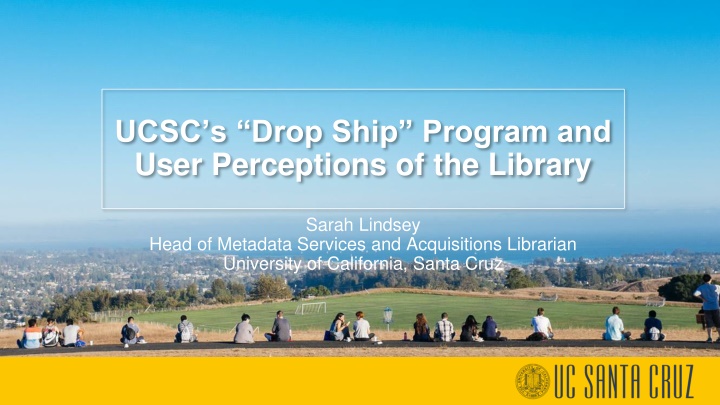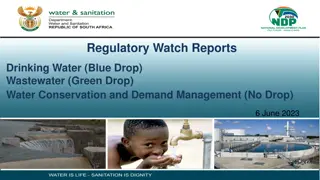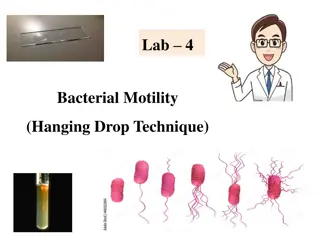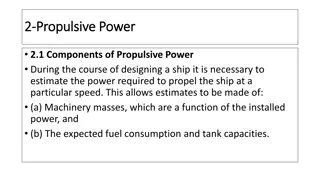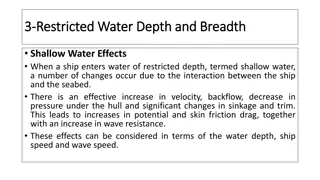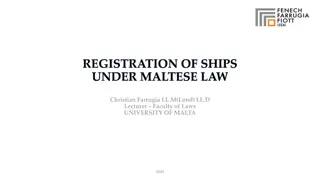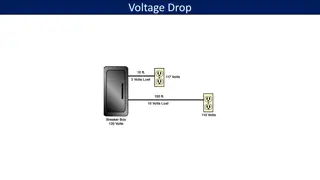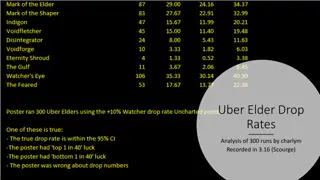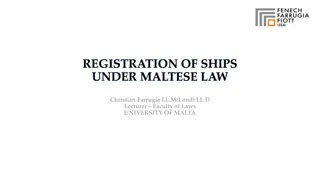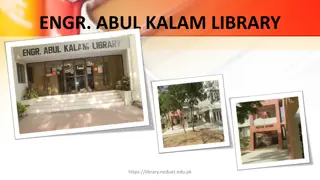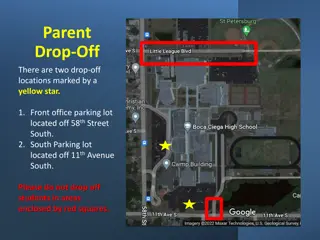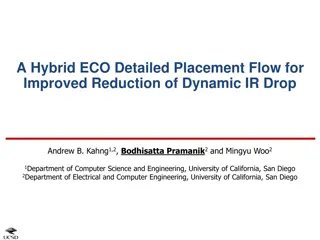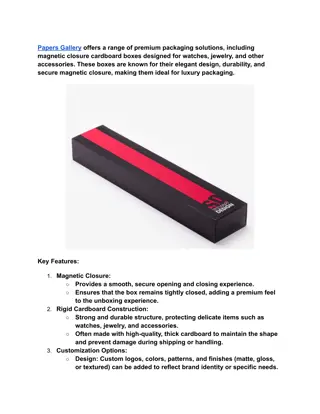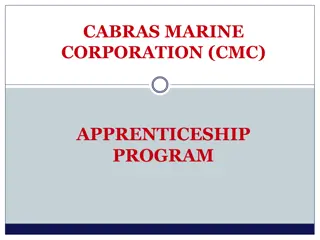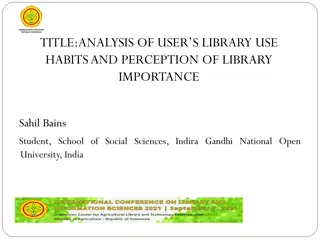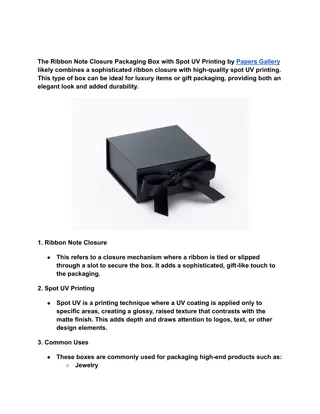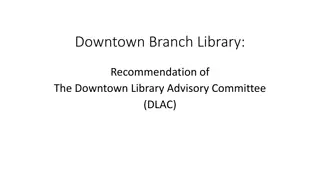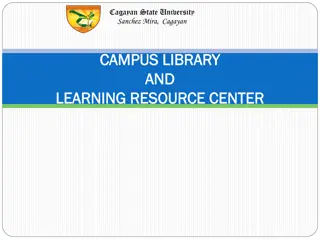UCSC Library's Drop Ship Program and User Perceptions Amid Closure
UCSC Library implemented a drop ship program during the pandemic closure, delivering materials directly to faculty and graduate students. Despite challenges such as returning items, the program saw significant usage with a variety of items requested by patrons. Strategies were employed to encourage the return of materials post-closure, leading to successful outcomes for the library.
Download Presentation

Please find below an Image/Link to download the presentation.
The content on the website is provided AS IS for your information and personal use only. It may not be sold, licensed, or shared on other websites without obtaining consent from the author.If you encounter any issues during the download, it is possible that the publisher has removed the file from their server.
You are allowed to download the files provided on this website for personal or commercial use, subject to the condition that they are used lawfully. All files are the property of their respective owners.
The content on the website is provided AS IS for your information and personal use only. It may not be sold, licensed, or shared on other websites without obtaining consent from the author.
E N D
Presentation Transcript
UCSCs Drop Ship Program and User Perceptions of the Library Sarah Lindsey Head of Metadata Services and Acquisitions Librarian University of California, Santa Cruz
UCSC Pandemic Closure Library facilities closed March 13, 2020 - July 1, 2021 All lending of physical materials was suspended Physical collections were completely unavailable to library users No face-to-face interactions between library staff and users for the duration of the closure
Library strategy around user support Pre-pandemic strategic directions were put aside in favor of a single mandate to support teaching and learning during closure. How could acquisitions support research in this changed environment?
Library Drop-ship Program Direct delivery of materials to library users - limited to faculty and graduate students Started with print, expanded to include media Users agreed to eventually return materials (we are not permitted to gift items to library users) Preferred vendor - Amazon Funding - Print Demand Driven Acquisition funds
Outreach to get the items back Reminders sent to users Email sent 07/06/21 letting everyone know the building had reopened Final email sent out 10/26/2022 Why not just wait forever?
Program Metrics 79 patrons requested 166 total Items Average of two items per requestor 13 items were copy 2's or 3's (sometimes copy 2 and 3 of the same title) Who requested what? Faculty: 55 items Graduate Students: 100 Staff (supporting digitization): 10 Every division made at least one request
Challenges for staff No obvious mechanism for users to return items during closure Circulation staff could not easily identify unlabeled and un-barcoded items Staff had no reliable way to verify items were delivered
Did they bring the items back? Turns out a lot of them didn t! Out of 121 items that were still out before our October 2022 email: 16 items were returned 3 emails were undeliverable 5 users had either moved out of area or were on sabbatical 2 said they never received the items 1 gave us a DVD box they report was delivered to them empty
What next? We re not going to charge anyone determination that this was a pilot project that didn t have all the expected outcomes. . We ve made a We re letting the items go, removing the inventory records from our system and closing everything out. We re treating them as though they were user lost items.
What did it cost? Total cost of materials: $10,043.49 Total cost of unreturned materials: $4,055.26 Staff time and effort: Each request involved at least 3 staff emails with delays in user response Staff checked check-in area looking for drop-ship items regularly Increased stress for receiving staff
Lessons learned Communication is key Having a communication plan for the whole project would have helped us be more strategic Doing more frequently outreach to users about how to support them returning the items Better to have items officially checked out on users accounts for visibility
Graduate Student Satisfaction and Drop Ship Usage 78% of graduate student users accessing the program were from Arts and Humanities divisions Arts and Humanities students had lowest rates of satisfaction regarding Access to resources needed for research or creative work What perceptions might have led to them not seeking out the library for assistance?
University of California Graduate Student Experience Survey COVID-19 Related Questions
University of California Graduate Student Experience Survey COVID-19 Related Questions continued
What remains to think about When those we hoped to support did not connect with that support, where do we go from here? Building faculty relationships Reconsidering our existing communication templates in Acquisitions Deepening our graduate student outreach
Questions? Email me: sjlindse@ucsc.edu
